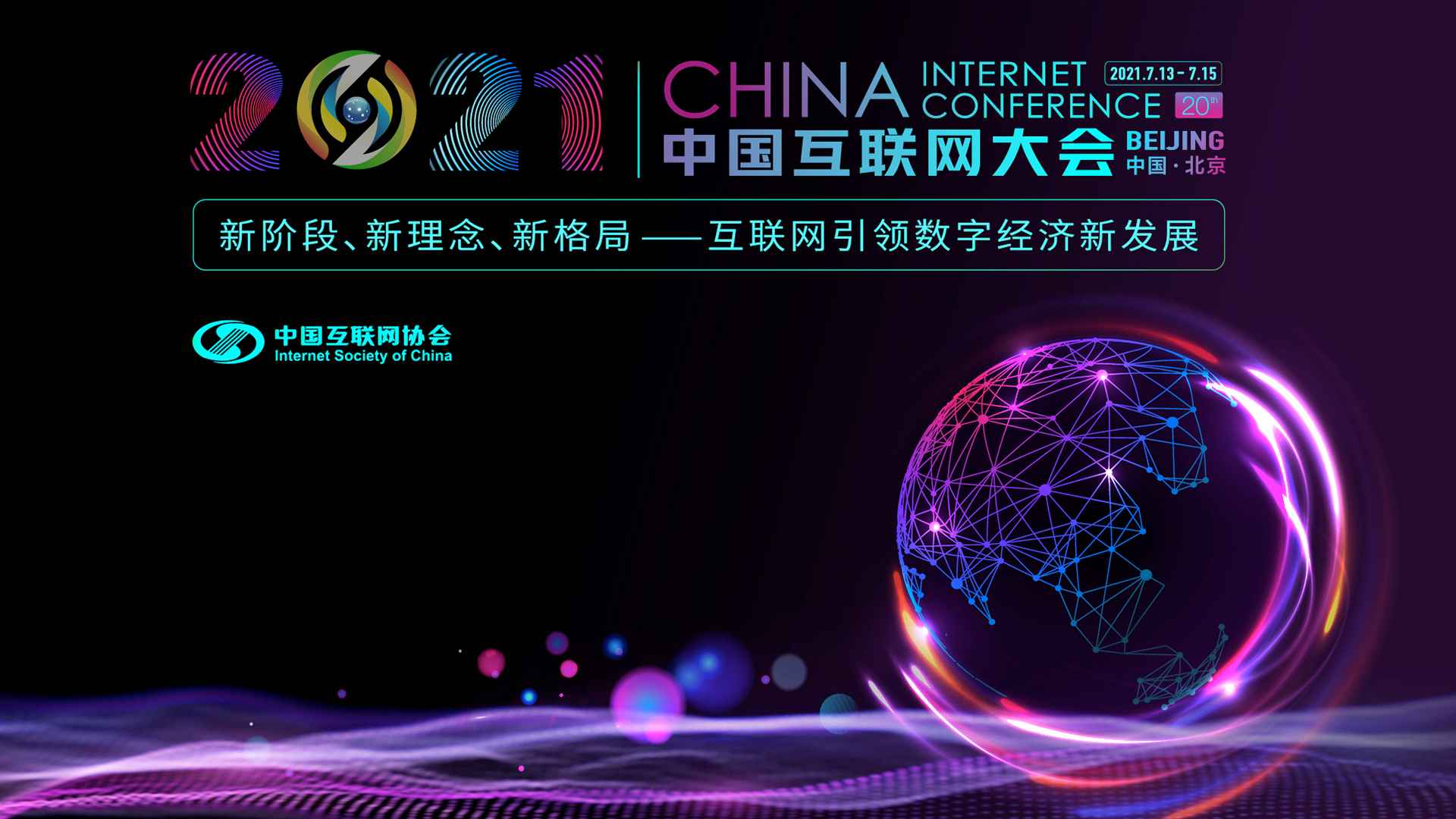
当前课程知识点:国际商务 > 七、国际直接投资与政府干预 > 7.2投资的理论 > 投资的理论
同学们好
Hello everyone
我是云南财经大学
I am Dr. Yin Hao from the International Business School of
国际工商学院的尹豪老师
Yunnan University of Finance and Economics
这节课我们继续学习
In this class we will learn
国际商务课程的国际投资的理论
the theory of FDI in the course of international business
每年跨国公司都会投入
Every year multinational companies
每年跨国公司都会投入
will invest a huge amount of
巨额资金开展国际直接投资
money to make FDI
那么
So
企业为什么开展国际直接投资活动
why enterprises make FDI activities
对这个问题
There are
有来自三个不同角度的回答
three different theoretical explanations for this question
第一个角度是从企业
The first perspective is the comparison
自身不同市场进入方式的比较
of different market entry modes of the enterprise itself
第二个角度
the second perspective is
是对竞争对手进入新市场的考虑
the competitors entering new markets
第三个角度是综合的比较
and the third perspective is
所作出的决策
the decision made by comprehensive comparison
先从第一个角度解释
From the first perspective
企业可以通过出口
enterprises can enter foreign markets by means of export
技术授权和直接投资
licensing and direct investment
三种方式进入国外市场
three ways
不同方式有各自的适用条件
Different ways have their own applicable conditions
并且 不同方式之间
and different ways also have
也有一定的替代关系
certain substitution relations
出口方式是企业在国内建厂
The way of export is that enterprises set up factories at home
在国内生产
produce at home country
再把产品销售到国外
and then sell their products abroad
技术授权是企业授权国外厂商
Licensing means that an enterprise authorizes foreign manufacturers to
生产和销售其产品
produce and sell its products
企业对实现销售的产品收取许可费
The enterprise charges license fees for the products to be sold
企业不需要自己建立工厂
The enterprise does not need to set up its own factory
而是利用被授权方的工厂
but uses the factory of the authorized party to
能够实现产品销售
realize the product sales
国际直接投资
FDI
需要企业在国外建立工厂
requires enterprises to set up factories abroad
在国外生产
produce abroad
在国外销售产品
and sell products abroad
从上述三种方式都涉及到生产
All the above three methods involve production
运输和销售环节
transportation and sales links
比较这些环节的成本和风险
and we can make different choices by
比较这些环节的成本和风险
comparing the costs and risks
就可以作出不同方式的选择了
of these methods
出口方式会受限于高额的运输成本
The export mode will be limited
出口方式会受限于高额的运输成本
by high transportation costs
和贸易壁垒
and trade barriers
使得出口方式不可行
which will make the export mode unfeasible
国内生产要素的高成本
The high cost of domestic factors of production
也会促使企业采用投资方式
will also encourage companies
将工厂设在国外
to invest in building factories abroad
技术授权是用市场
Technology licensing is the replacement
替代自制的交换模式
of the home-made exchange model with the market
它是一种低成本的市场进入方式
It is a low-cost method to enter the market
但是当外部市场
However when the external market
不能提供有效的产品时
fails to provide effective products
技术授权方式就会失效
the licensing method will become invalid
企业就会采用投资方式进入市场
and enterprises will enter the market by means of investment
这就是内部化理论所解释的现象
which can be explained by the internalization theory
有三种情况会导致技术授权失败
Three situations may lead to licensing failure
第一种是
the first situation is
企业将具有竞争力的技术和能力
that the enterprise authorizes competitive
企业将具有竞争力的技术和能力
technologies and capabilities
授权给潜在的竞争对手
to potential competitors
具有技术流失的风险
which is at risk of technology loss
第二种情况
The second situation is
是技术授权使企业不能拥有
that the technology authorization
是技术授权使企业不能拥有
makes the enterprise unable to
工厂的控制权
have control over the factory
具有管理的风险
which has the risk of management
第三种情况就是企业的核心竞争能力
The third situation is that the core
第三种情况就是企业的核心竞争能力
competitiveness of the enterprise
无法授权给被授权方使用
cannot be authorized to the licensee
因此企业就需要自己生产
Therefore enterprises need to produce their own products
形成内部化的产品供给
to form an internalized product supply
这样就需要采用
so they need to adopt the way of
国际直接投资的方式进入市场
FDI to entry the market
第二个角度是从竞争关系提出的
The second perspective is the
第二个角度是从竞争关系提出的
competitive strategy theory put forward from
竞争战略理论
the competitive relationship
处在寡头垄断行业的企业
Companies in oligopoly industries tend to
有模仿竞争对手的倾向
imitate their competitors
通过和竞争对手行动一致
and by acting in line with their competitors
就避免了在竞争中处于不利的地位
they avoid being at a disadvantage in competition
当一个企业开展了国际直接投资活动
When an enterprise engages in FDI activities
其竞争对手
its competitors
也会迅速向相同的市场扩张
will quickly expand into the same foreign markets
比如 20世纪80年代到90年代
For example from the 1980s to the 1990s
美国的三大汽车厂商
the three major American
美国的三大汽车厂商
automobile manufacturers
看中中国巨大的市场潜力
took advantage of Chinese huge market potential
纷纷在中国建立整车工厂
and built vehicle production plants
纷纷在中国建立整车工厂
in China one after another
当然 跨国公司之间的竞争
Of course the competition among
当然 跨国公司之间的竞争
multinational corporations is
不会局限于某一个国外市场
not limited to a certain foreign market
他们往往会在全球
they tend to compete in multiple markets
多个市场
and regions in the world
多个区域同时展开竞争
at the same time
这就是多点竞争理论所解释的现象
which can be explained by the theory
这就是多点竞争理论所解释的现象
of multi-point competition
第三种理论是从综合的角度提出的
The third theory is put forward from
第三种理论是从综合的角度提出的
the perspective of synthesis
折衷范式
eclectic Paradigm
它是由约翰.邓宁教授提出
it was proposed by Professor John Dunning
邓宁将区位优势与内部化理论结合
Dunning combined the location
邓宁将区位优势与内部化理论结合
advantage with internalization theory
认为要将地区性的资产或资源
believing that regional assets or resource endowments
与企业自身独有的能力结合在一起
should be independently combine with
与企业自身独有的能力结合在一起
the unique capabilities of enterprises
需要通过国际投资
It is necessary to establish local
在当地建立生产设施才能实现
production facilities through FDI
而且通过产业在同一个地区的集聚
Moreover, the benefits of externalities
可以获得外部性的好处
can be gained through the gather
可以获得外部性的好处
of industries in the same region
折衷范式对于资源类投资
Resource investment
和高科技企业的聚集同样具有解释力
and high-tech enterprise aggregation
和高科技企业的聚集同样具有解释力
can also be explained by eclectic paradigm theory
比如 中国企业对外直接投资
For example Chinese companies
不但会选择资源丰富的澳大利亚
will choose resource-rich Australia
也会选择科技发达的北美和欧洲
as well as technologically advanced
也会选择科技发达的北美和欧洲
North America and Europe for their FD
投资理论解释了
Investment theory explains
企业开展国际直接投资业务
the profit motives and profit mechanism
获利的动机和获利的机制
of enterprises developing FDI business
在国家层面
What’s the attitude towards international investment
对国际投资会采取什么态度呢
at the national level
也可以从国家的利益得失来判断
It can also be judged by the gains
也可以从国家的利益得失来判断
and losses of the national interest
从16世纪以来
Since the 16th century
长达400多年的
the global colonial history of the Western countries
西方国家在全球范围的殖民历史
lasted for more than 400 years
造成了殖民地国家
resulting in the long-term
长期的主权丧失和利益损害
loss of sovereignty and damage
长期的主权丧失和利益损害
to the interests of colonial countries
投资成为殖民掠夺的工具
Investment had become a tool of colonial plunder
也就形成了反对
and had formed a radical
外来直接投资的激进观点
view against FDI
在殖民扩张中
Countries that had gained long-term
获得长期利益的国家
benefits from colonial expansion
当然就成为市场自由进入观点的
have certainly become staunch supporters of
坚定支持者
the idea of free market access
历史上的东印度公司
The East India Company in history
就是验证两种观点的典型案例
is a typical case study which can verify both views
我们如果简单的从意识形态的差异
If we simply from the ideological differences
来认识激进观点和市场观点
to understand radical and market perspectives
就会忽略其背后残酷而不平等的
we will lose sight of the cruel and unequal
殖民历史
colonial history behind them
随着殖民历史的终结
With the end of colonial history
和国家主权的回归
and the return of national sovereignty
资本作为生产要素的属性
the attribute of capital as a factor of production
才重新得到体现
has been reintroduced
资本的跨国流动
The cross-border flow of capital has
也带了人员 技术和管理的跨国流动
also led to the transnational flow
也带了人员 技术和管理的跨国流动
of personnel technology and management
为东道国带来了稀缺的生产要素
brought scarce production factors to the host country
培养了长期发展的能力
and cultivates the ability of long-term development
也给母国带来了丰厚的投资回报
It also brought rich investment returns to the home country
国际直接投资呈现出互利的结果
and FDI has shown mutually beneficial results
因此
so
实用民族主义的观点被更多的接受
pragmatic nationalism view is accepted by more people
当然这种互利的结果
Of course this kind of mutually beneficial result
并不是在完全自由的
is not produced in a completely free
市场环境中产生的
market environment
而是在双方政府
but in a game environment of government
政策规制的博弈环境中产生的
policy regulation of both sides
比如
For example
中兴通讯就无法自由的投资美国市场
ZTE can’t invest in the U.S. market without restriction
而是以巨额的罚款
instead it paid heavy fines
和人事的渗透
and personnel penetration
等非市场的条件为代价
of non-market conditions
华为更是面临在全球范围内
In addition Huawei is even facing suppressed and blockade
被发达国家打压和封杀
by some developed countries around the world
在逆全球化的氛围中
In the atmosphere of anti-globalization
发达国家出现了
there are more and more
越来越多的限制甚至禁止
restrictions and even bans on
国际直接投资的行为
FDI in developed countries
这些行为
This action
既表现在限制本国企业对外投资
is reflected in both the restrictions
既表现在限制本国企业对外投资
on foreign investment by domestic companies
也表现在限制外国企业
and the restrictions on foreign
来本国投资两个方向上
enterprises from investing in the country
比如 美国在特朗普执政时期
For example under the administration of Donald Trump
就提出美国企业回归美国
it’s proposed that American companies should return
同时又驱逐中国IT企业在美经营
to the United States while expelling
同时又驱逐中国IT企业在美经营
Chinese IT companies that operate in the United States
所以 在发达国家缺乏竞争力的行业
Thus the idea of free market is not popular in
自由市场的观点并不受欢迎
the industries which lack of
自由市场的观点并不受欢迎
competitiveness in developed countries
取而代之的是所谓公平市场的观点
Instead there is the so-called fair market view
为实施行政干预和
In order to implement administrative intervention and
保护国内缺乏竞争力的行业
protect the domestic industry which lacks competitiveness
找到所需要的理由
find the reasons you need
当然最简单粗暴的理由就是
Simply for the sake of
所谓的国家安全
national security
以上
above
我们学习了国际直接投资的相关理论
we have learned relevant theories of FDI
理论学习要与投资发展结合起来
Theoretical learning should be combined
理论学习要与投资发展结合起来
with investment development
多思考理论提出的背景和适用范围
and we should also consider the background
多思考理论提出的背景和适用范围
and scope of application of these theories
这一节的内容就是这些
That's all
感谢大家的参与
Thank you
-1.1 全球化的概念和内容
-1.2 全球机构和全球化的推动力
-1.3 全球经济的变化和逆全球化的动因与现象
-第一章课后练习
-2.1 政治体制
--政治体制
-2.2 经济体制
--经济体制
-2.3 法律体系
--法律体系
-2.4 经济发展的决定因素
-2.5 经济转型的本质和经济变革的意义
-第二章课后练习
-3.1 跨文化差异的本质和影响因素
-3.2 跨文化差异的影响因素、文化维度和文化演进
-3.3 商务伦理问题的本质、起因和哲学路径
-第三章课后练习
-4.1区域经济一体化的概念及层次
-4.2区域经济一体化的争论
-第四章课后练习
-5.1国际贸易理论
--国际贸易理论
-第五章课后练习
-6.1国家干预国际贸易的原因
-6.2国家干预国际贸易的措施
-第六章课后练习
-7.1投资的现状
--投资的现状
-7.2投资的理论
--投资的理论
-7.3投资利弊与政府干预
-第七章课后练习
-8.1外汇市场
--外汇市场
--外汇市场案例学习
--外汇市场案例分析
-8.2货币体系
--货币体系
-8.3全球资本市场
--全球资本市场
-第八章课后练习
-9.1国际企业的战略
--国际企业的战略
-9.2战略目标
--战略目标
-9.3环境压力
--环境压力
-9.4战略选择
--战略选择
-第九章课后练习
-10.1组织构架与组织结构
-10.2控制、奖励、流程与文化
-10.3战略与组织构架
--战略与组织构架
-10.4组织变革
--组织变革
-第十章课后练习
-11.1市场进入战略
--市场进入战略
-11.2战略联盟
--战略联盟
-第十一章课后练习
-12.1进出口贸易与对等贸易
-第十二章课后练习
-13.1产品策略和分销策略
-13.2沟通策略、定价策略和新产品研发
-第十三章课后练习
-14.1全球生产与供应链管理
-第十四章课后练习
-15.1国际人力资源管理的作用
-15.2人员配备、培训与管理
-15.3业绩评估与薪酬
--业绩评估与薪酬
-15.4国际劳工关系
--国际劳工关系
-第十五章课后练习
-16.1国际会计
--国际会计
-16.2国际企业财务管理
--国际企业财务管理
-第十六章课后练习


